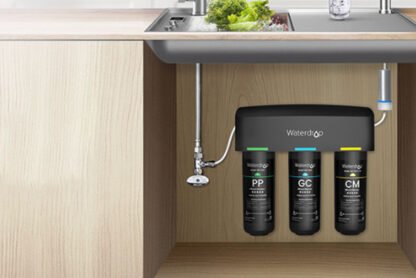Investing in an underground water tank is a smart move toward greater water autonomy and sustainability. It allows you to save rainwater, reduce your reliance on mains water, and lower water bills, all while promoting environmentally friendly practices. However, choosing the right underground water tank that suits your property and needs is crucial to getting the most out of your investment. This guide will help you make an informed decision.
Determine Your Water Needs
Before selecting a water tank, it’s important to assess your water usage. This should include daily household consumption, irrigation, and any other water-dependent activities. Calculating your water needs will help you determine the ideal tank size. However, it’s essential to balance these needs with the frequency of rainwater collection or water deliveries, ensuring that your tank has sufficient capacity without being oversized.
Understand the Site Conditions
Since the tank will be installed underground, the site conditions play a significant role in the design and placement of your tank. Assess the soil type on your property to anticipate any challenges that might arise, such as clay or rocky ground, which can make installation more difficult. Additionally, the water table must be low enough to prevent the tank from floating or being damaged by groundwater pressure. The great advantage of underground water tanks is that they save space, as they don’t occupy above-ground areas.
Choose the Right Materials
Underground water tanks are typically made from one of three materials:
- Concrete tanks: Durable and ideal for larger storage, but more expensive and challenging to install.
- Polyethylene tanks: Lightweight, corrosion-resistant, and easy to install, making them a popular choice.
- Fiberglass tanks: Perfect for areas with poor soil conditions, though they tend to be more expensive.
When selecting the material for your tank, consider your soil type, budget, and storage capacity requirements to make the best choice for your needs.
Consider the Installation Process
A professional installation is essential for ensuring your tank’s functionality, durability, and proper placement. The complexity of the installation process will depend on factors such as soil conditions and the material of the tank. Typically, the process involves several stages: designing the tank, securing permits, excavation, placing the tank, connecting it to your water system, and backfilling. To ensure a smooth process, choose an experienced installation company with a proven track record.
Check for Compliance
Your underground water tank must comply with local building codes and regulations. Some regions may have specific requirements regarding tank installation, and it’s essential to secure the necessary permits before beginning the project. Checking compliance with local laws will ensure your installation goes smoothly and avoids potential legal issues.
Budget Considerations
When planning your underground water tank project, set a clear budget that covers the cost of materials, tank size, and installation. It’s important to choose a tank that not only meets your water needs but also fits within your financial plan. Don’t forget to factor in long-term maintenance costs to ensure the durability and longevity of your investment.
Summary
Choosing the right underground water tank for your property involves careful planning and consideration of your water needs, site conditions, materials, and budget. By following these tips and working with a trusted supplier and installer, you can enjoy the benefits of an efficient and sustainable water storage system.









